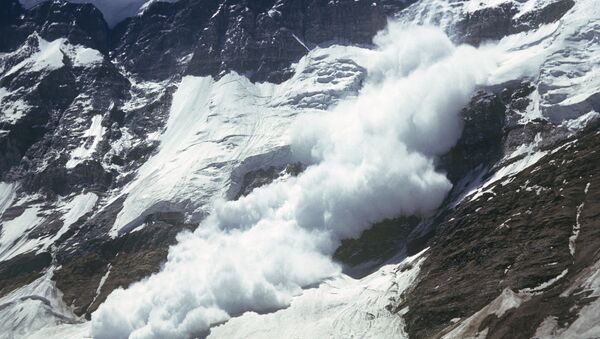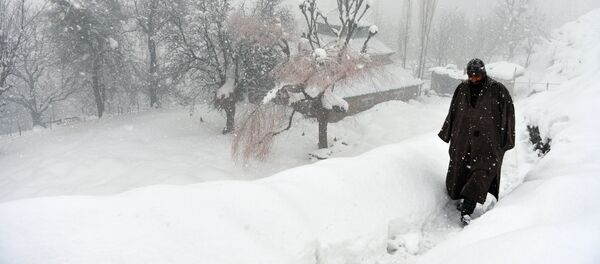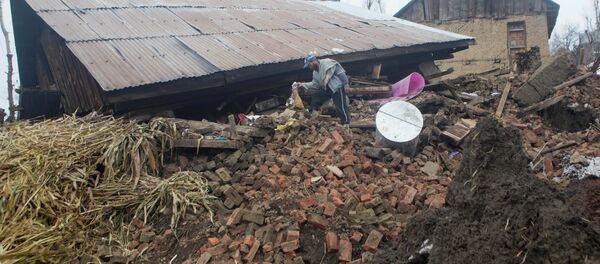New Delhi (Sputnik) — Following the loss of several soldiers' lives due to avalanches, Indian defense scientists have expedited the development of new technology in order to predict avalanches in the Himalayan region more accurately. The Indian government has said that there are 56 high-altitude observatories, 55 automatic weather stations and five avalanche mitigation centers in Himalayan states of Himachal Pradesh, Jammu and Kashmir, and Uttarakhand that issue specific forecasts related to mountain weather.
Within the last two weeks, 20 Indian soldiers have lost their lives in three different avalanches in Kashmir. India has stationed thousands of soldiers in the Himalayas to protect its border from China and Pakistan. Due to unfavorable weather conditions and the India's less-than-accurate weather forecasting system, several soldiers had lost their lives over the last few years.
Sources told Sputnik that India has planned the establishment of a Doppler radar system that will forecast Himalayan weather patterns especially on the border with China. The Indian Air Force will receive accurate weather forecasts from the 22 Doppler radar stations the country plans to construct in strategically important locations in the Himalayas. India aims to replace all the weather forecasting systems with Doppler radars by 2019. However, the $45 million integrated Himalayan Meteorology Program started by the Indian government in August 2014 is far behind schedule.
Sources told Sputnik that most of the current weather forecasting system in the region is offline due to the failure of support systems or a lack of critical spares parts. India has spent a total of $37 million on the installation and repair and maintenance of all Doppler radar systems since 2002.




